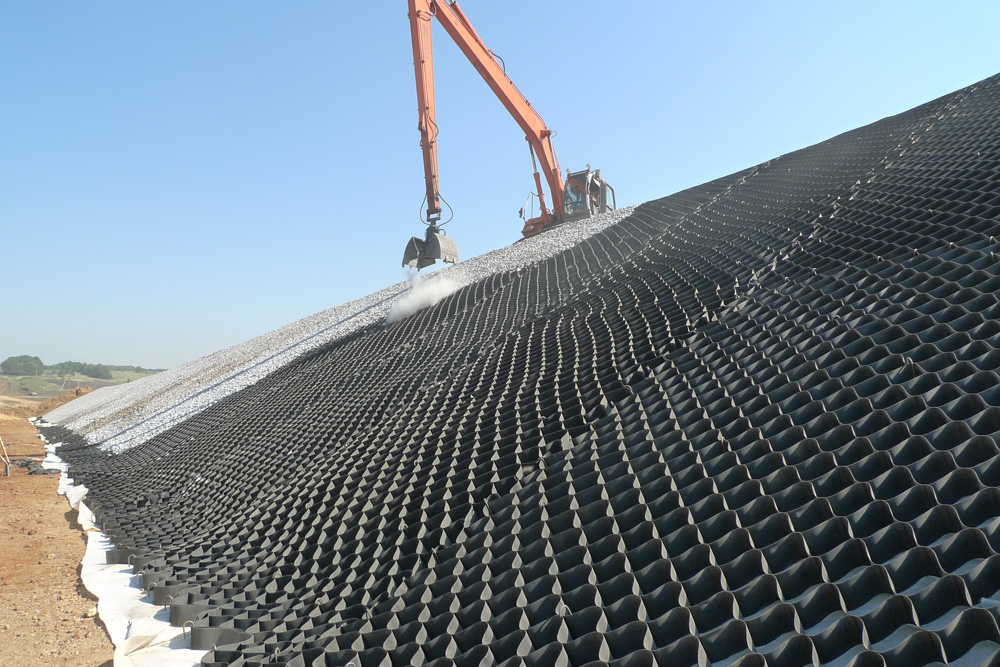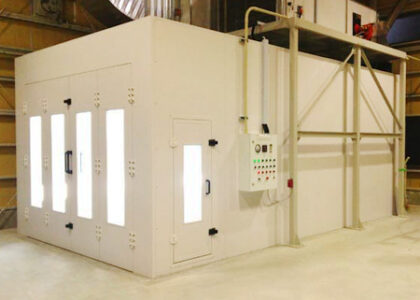
The geosynthetics industry, a vital component of modern civil engineering and environmental solutions, is experiencing a transformative phase driven by technological advancements, sustainability imperatives, and evolving market demands. As the world grapples with pressing challenges such as infrastructure development, climate change mitigation, and resource conservation, the role of geosynthetics in providing innovative solutions has become increasingly pronounced.
Geosynthetics encompass a wide array of synthetic materials, including geotextiles, geomembranes, geogrids, geocells, and geocomposites. Each category serves specific functions, such as soil stabilization, erosion control, drainage, filtration, and containment. Leveraging their unique properties, geosynthetics offer cost-effective solutions to complex engineering challenges while minimizing environmental impact. By reinforcing soil, mitigating erosion, and managing water resources, these materials play a pivotal role in enhancing infrastructure durability and sustainability.
Get ahead in the geosynthetics industry with our exclusive sample report. Request yours now! https://www.futuremarketinsights.com/reports/sample/rep-gb-475
Key Trends Shaping the Geosynthetics Industry:
- Sustainable Solutions Drive Market Growth:
- With growing environmental concerns and regulatory pressures, there is a notable shift towards sustainable practices across industries. In the geosynthetics sector, this translates to a rising demand for eco-friendly materials and solutions.
- Biodegradable geosynthetics, recycled materials, and products with low environmental impact are gaining traction. Manufacturers are investing in research and development to enhance the sustainability profile of their offerings, aligning with the global push towards a circular economy.
- Infrastructure Development Spurs Demand:
- Rapid urbanization, population growth, and the need for resilient infrastructure are driving significant investments in construction and engineering projects worldwide. Geosynthetics play a crucial role in various infrastructure applications, including roads, railways, dams, and coastal protection.
- High-performance geosynthetic materials such as geogrids, geomembranes, and geotextiles are in demand for their ability to improve soil stability, reinforce structures, and enhance durability. Emerging economies, in particular, are witnessing robust demand for geosynthetic solutions to support their infrastructure development agendas.
- Technological Advancements Enhance Product Capabilities:
- Advances in material science, manufacturing processes, and design techniques are expanding the capabilities of geosynthetics, enabling them to address complex engineering challenges more effectively.
- Innovations such as geosynthetic clay liners (GCLs) with enhanced hydraulic performance, geocomposites for gas barrier applications, and geocells for slope stabilization are broadening the range of applications and improving the performance of geosynthetic solutions.
- Resilience to Climate Change Spurs Innovation:
- Climate change-induced events, including extreme weather events, sea-level rise, and soil erosion, are intensifying the need for resilient infrastructure and adaptive solutions. Geosynthetics offer versatile tools for mitigating the impacts of climate change on infrastructure and the environment.
- Solutions such as coastal protection systems, erosion control mats, and drainage systems incorporating geosynthetics are in demand to enhance resilience against flooding, erosion, and soil instability.
- Market Consolidation and Globalization:
- The geosynthetics industry is witnessing increasing consolidation as major players seek to strengthen their market positions through mergers, acquisitions, and strategic partnerships.
- Globalization trends are driving market expansion, with manufacturers targeting new geographies and emerging markets for growth opportunities. This trend is facilitated by advancements in logistics, distribution networks, and market intelligence.
The geosynthetics market is poised for significant growth, with revenues projected to surge from US$ 15,177.60 million in 2023 to an estimated US$ 16,710.54 million by 2033. This robust expansion is driven by a compound annual growth rate (CAGR) of 10.1% forecasted for the market during the forecast period.
With a steady rise in demand for geosynthetic materials across diverse applications in construction, transportation, and environmental engineering, the industry is set to witness sustained growth and innovation in the coming years.
About Future Market Insights (FMI)
Future Market Insights, Inc. (ESOMAR certified, recipient of the Stevie Award, and a member of the Greater New York Chamber of Commerce) offers profound insights into the driving factors that are boosting demand in the market. FMI stands as the leading global provider of market intelligence, advisory services, consulting, and events for the Packaging, Food and Beverage, Consumer Technology, Healthcare, Industrial, and Chemicals markets. With a vast team of over 5000 analysts worldwide, FMI provides global, regional, and local expertise on diverse domains and industry trends across more than 110 countries.
Contact Us:
Future Market Insights Inc.
Christiana Corporate, 200 Continental Drive,
Suite 401, Newark, Delaware – 19713, USA
T: +1-845-579-5705
For Sales Enquiries: sales@futuremarketinsights.com
Website: https://www.futuremarketinsights.com
LinkedIn| Twitter| Blogs | YouTube

